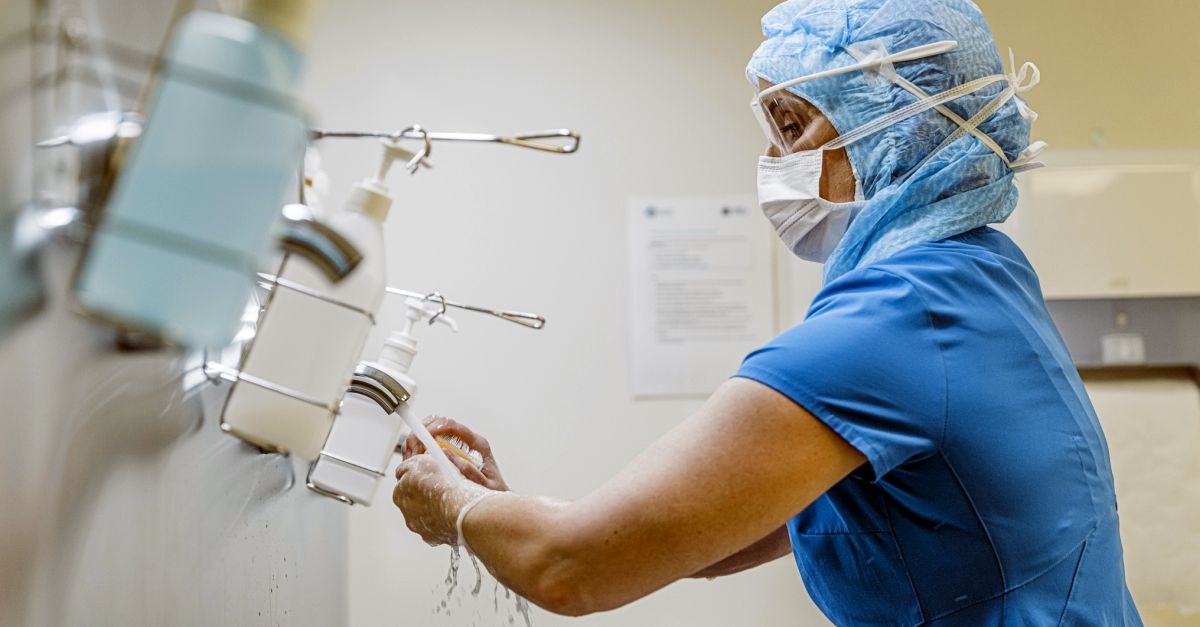The emergence of COVID-19 has substantially disrupted delivery of cancer care, with postponements and cancellations of surgeries, as well as delays in systemic and radiotherapies. For patients with slow-growing tumors, these delays may be safe, but for others, waiting to start treatment can have a negative impact on outcomes. The benefits and risks of immediate vs delayed treatment for cancer must be carefully balanced with the potential subsequent increase in risk of COVID-19 exposure, making these decisions increasingly complex.
To help support oncology decision-making during the pandemic, Holly E. Hartman, MS, et al developed a comprehensive, Web-based model, called OncCOVID. As reported in JAMA Oncology, the model provides personalized, quantitative estimates of overall mortality for immediate or delayed cancer treatment conditions on the basis of a patient’s individual profile. OncCOVID produces risk estimates for patients with varying tumor types and stages, and incorporates known risk factors for COVID-19, such as comorbidities, patient age, local COVID-19 prevalence, and virus reproduction number.
The OncCOVID model aids providers in making decisions about when to start treatment, and can also offer useful support to help patients understand the rationale for treatment timing. For example, model estimates can be used to help reluctant patients understand the risks of delaying treatment. Conversely, it can help anxious patients understand that the risks of delaying cancer treatment are minimal and that they can safely wait to start treatment until infection levels in their area have decreased.
As with any estimation model, there are some uncertainties when using OncCOVID. In an editorial associated with the article, Elizabeth Garrett-Mayer, PhD, and Brian I. Rini, MD, point out that the model was based on data from China’s experience with COVID-19, and may overestimate the relative risk of COVID-19 for chemotherapy, hospital visits per day, and surgery in other populations. Another challenge is that the complexities of cancer care make it difficult to tailor assumptions to every patient scenario. Variable factors such as treatment modalities, schedules, clinic visit patterns, infection susceptibility, multimodality treatment plans, local COVID-19 infection levels, and virus reproduction numbers can all complicate care.
Overall, the OncCOVID model is a useful tool to help support clinical decision-making and facilitate risk-benefit discussions with patients. However, it should be used with some degree of caution, given the uncertainties associated with the pandemic and the complexities of patient-specific, cancer-related factors.
High level
The OncCOVID model will be particularly useful for cancer care facilities in areas with high COVID-19 prevalence that are required to triage patients due to limited resources. Additionally, the tool can give practical aid to providers who have to prioritize patients in need of immediate cancer treatment. With continued refinement, the model may have increased potential application for future infections as well.
Ground level
The OncCOVID model can help support cancer care decisions by providing a clinically appropriate rationale for the timing of treatment initiation. To assess the sensitivity of the model estimates in a local population, Dr Garret-Mayer and Dr Rini suggest that users repeat the model estimation by entering different values for some of the modifiable parameters. For additional guidance on treatment decisions during the COVID-19 era, providers may also wish to review the American Society of Clinical Oncology Road to Recovery Report: Learning From the COVID-19 Experience to Improve Clinical Research and Cancer Care, published in January 2021. This report contains recommendations for managing care delivery as the pandemic recedes.

